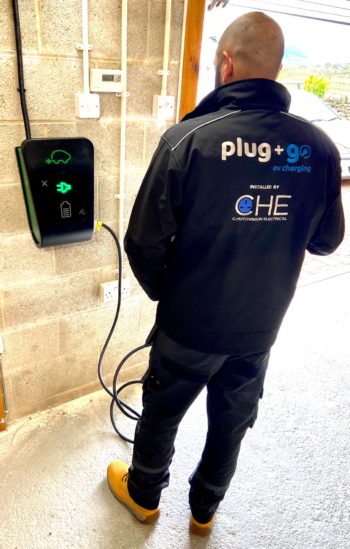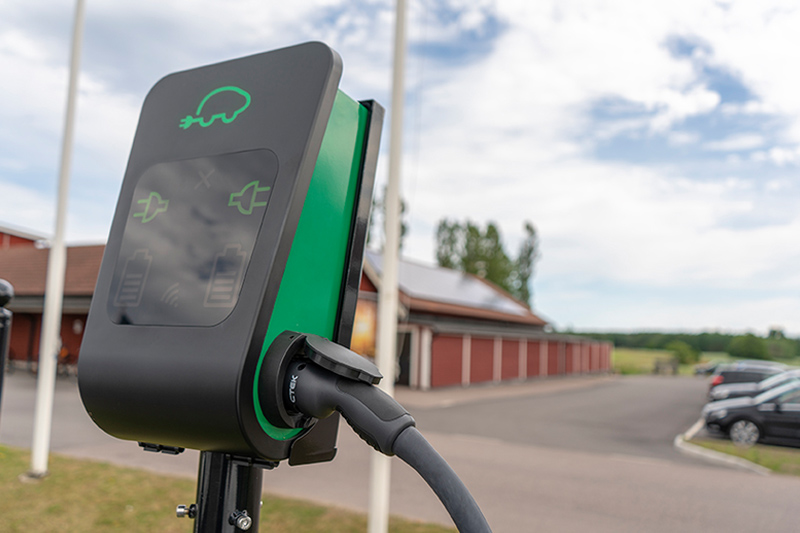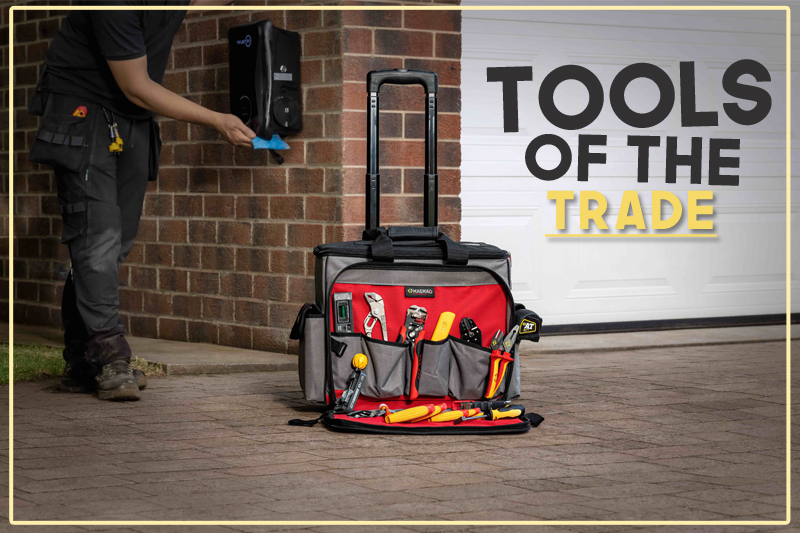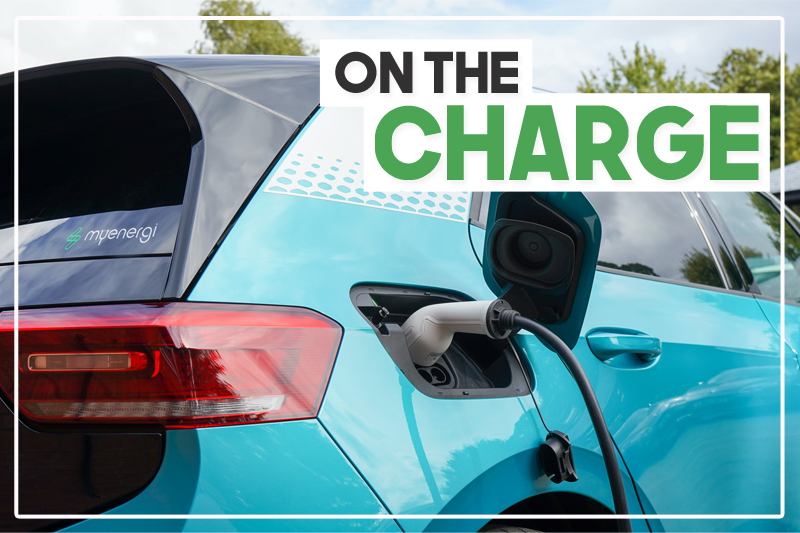The increasing adoption of Electrical Vehicles (EV) in the UK presents big opportunities for wholesalers to increase work in this area or diversify into new markets, that’s according to Craig Slater, UK Sales Manager at CTEK, a leading global brand in battery management solutions.

You may well have seen in the media that whilst new UK car registrations fell 27.4% year-on-year for November, plug-in electric cars saw a growth rate of 127% for the same period, which is a market share of 15.9%. A report from Bloomberg New Energy Finance predicts that EVs will account for 7% of global new-car sales by 2023. With every new EV registration, there is an increased demand for charge points, either as a new domestic installation or as part of a communal charging solution that may need to be extended to cope with additional demand. As more and more EVs drive on our roads, more charging points are needed at home as well as public places. So let’s look at some of the things wholesalers should consider when supplying EV chargers and equipment:
- Be a one-stop-shop: Adding Electrical Vehicle Supply Equipment (EVSE) to your list of products and solutions presents some great opportunities for sales, even within your existing customer base. If you are working on a new build project, offer EV charging as an additional option so that customers don’t need to go elsewhere for supplies. There are so many aspects to an EV charging installation. At the start, a thorough site survey will help ensure nothing is overlooked and also in many cases identify that a lot more is needed besides the charging equipment itself. An EV installation may well require more power to a new distribution kit including boards, metering and protection devices, plus communication modems and related hardware. There is then of course related material including cabling, connectors, and electrical enclosures.
- Balance the load: With EV adoption increasing dramatically, so is demand for charging capacity. Commercial and public places that maybe had one or two EV chargers a few years back are looking at much larger installations and suddenly power consumption is a much bigger consideration. We have seen a big increase in demand for our NANOGRID load balancing system – and in fact only last month, due to market demand, we launched our CGC 500 solution that can handle up to 500 units in an EV network. A load-balancing system will help to optimise an EV charging network and distribute available power equally across all operational charge points, ensuring that EVs are charged as quickly as possible. It can also be important that a load-balancing solution provides stability across your EV installation to protect against system overload that can trip the main fuse. And indeed, even at home, EV owners see load-balancing to be an important consideration both financially and also to ensure that all home equipment has power to function.
- Keep your options open: Don’t let an EV charger limit your specification. Whilst many customers and installers have preferred providers for EV products and associated services, it’s important to understand the complete picture when helping them to specify a solution. The brand of EV charger is just one part of the puzzle, especially with larger commercial installations that may also need to work with existing or specified payment and monitoring systems. Always check that the EV charger is open-ended (OCPP compliant) or you may risk being tied into EV charger manufacturer systems, that may not meet the needs of the installation or are simply not the system that they want to work with. Here at CTEK we have a really flexible range of single and dual output products, that are easy to install and maintain and have the added benefit of open integration, making them compatible with all third-party payment and monitoring systems.

- OLEV grants: Most, if not all, EV owners will want to have some sort of charge point installed in their home. And whether they live in a privately owned or rented property, they can claim support of up to £350 off the cost of purchasing & installing a home charging point. This is a Government funded scheme, known as the Homecharge Scheme, via the Office for Low Emission Vehicles (OLEV). OLEV also offers a separate Workplace Charging Scheme (WCS) grant which can be claimed by any business, charity or public authority and provides up to £350 off the cost of purchasing & installing workplace charging points (up to 40 sockets). Passing this knowledge on to your customer and them passing on further could lead straight back to you with a sale.
- Do your homework: Installers look to wholesalers as a source of knowledge, so it pays to invest time in to learning all about the charge point manufacturer and their units. For example, at CTEK we have a SKILLBASE training programme to educate wholesalers on our products and how to install them.
So whether you are a wholesaler looking to increase business in this area, or just considering expanding your service provision to include EVSE there are a whole host of opportunities for you.
For further information
If you are interested in learning more about C-TEK and its battery management solutions, visit: https://www.ctek.com/uk/





